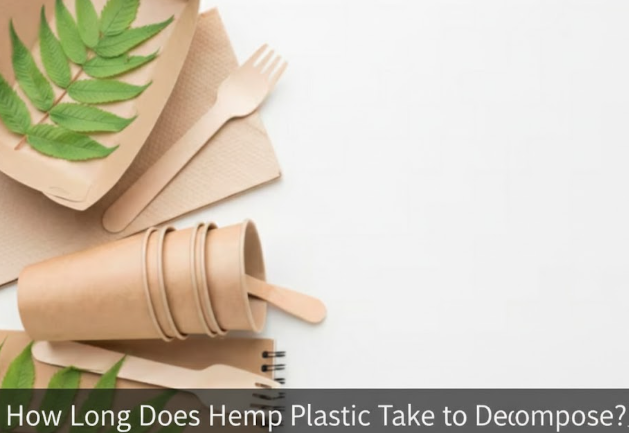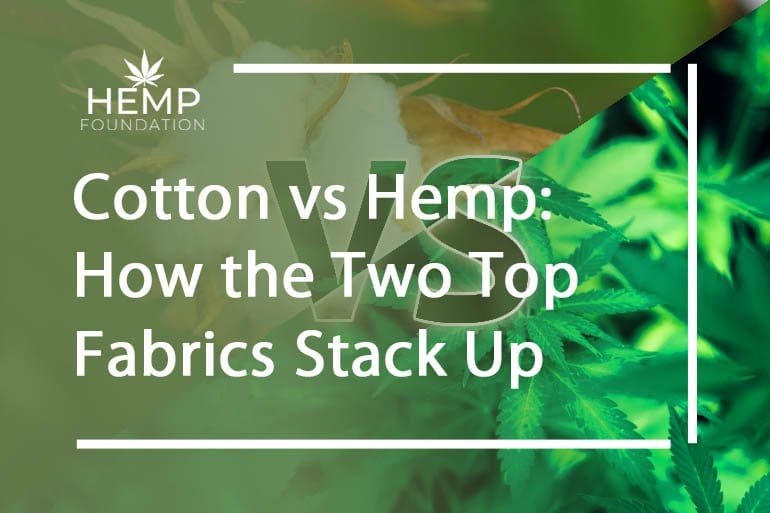Low hemp GHG emissions can actually help fashion brands meet their net-zero target
In 2018, under the auspices of UN Climate Change, fashion stakeholders came together to identify ways in which the fashion industry can make a commitment to climate action. This created the Fashion Industry Charter for Climate Action which contains the vision to achieve net-zero emissions by 2050. Low hemp GHG emissions net zero fashion brands GHG emissions of fabric
This was signed by multiple fashion brands including fast-fashion brands like H&M. These brands are net zero fashion brands. But is achieving the target really possible with the way things are going?
No.
We are still buying from brands that are stuck at the first stage of the problem – using fibers that have high GHG emissions. That is the problem we need to tackle first to minimize emissions.
Cotton, polyester, and nylon all release an incredibly high amount of GHG emissions. To reduce this, we need to switch to natural fibers like hemp because hemp’s GHG emissions are low. But don’t take my word for it, keep reading, the numbers speak for themselves.
Fast fashion – Net zero fashion brand
Let’s take H&M as an example to understand why fashion brands need better fiber alternatives.
I am taking H&M as an example because it is an affordable global brand whose sales amount to 22 billion USD.

The total GHG emissions for the apparel sector in 2019 were 1.025 Gt. This infographic breaks down the GHG emissions of fabric into stages.

From the above infographic it is clear that GHG emissions of fabric are happening in different stages of production. To tackle the problem, there are three important fiber-related things that fashion brands have to focus on.
Three focus areas to reduce GHG emissions of fabric
- Scaling up the use of sustainable materials
As per the World Resources Institute, brands have to commit to using a higher percentage of sustainable materials. Such materials could be recycled polyester, recycled or organic cotton. In general, cotton is undertaken as a better alternative to other textiles.
This is the product composition of a cotton T-shirt from H&M. Even when trying to be sustainable, they are using only 12% of recycled cotton.

Is using cotton enough?
The short answer is no.
On average, a cotton T-shirt weighing about 250 g emitted about 7 kg of CO2 during its service life.
Let’s look at Better Cotton, whose production had a 19% lower emissions intensity per tone of lint. The production still caused GHG emissions of 8.74 million tones of carbon dioxide equivalents to produce 2.98 million tones of lint. This means 2.93 tones of carbon dioxide equivalents per tone of lint produced.
Organic cotton
According to the Textile Exchange, organic cotton creates 46% fewer greenhouse gas emissions than conventional cotton. On an average, 1,000 kg of organic cotton production emits 978 kg of carbon dioxide. While the same amount of conventional cotton production emits 1,800 kg of carbon dioxide.
This is because it does not use nitrous oxide-releasing fertilizers and pesticides.
Historically, nitrogen-based fertilizer is the cause of cotton production’s major contributors to GHG emissions.
Recycled cotton
When cotton fabric is converted into cotton fiber that can be reused in textile products, it is called recycled cotton.
The cotton garments are first separated by type and color, then shredded by a machine into smaller pieces and further into crude fiber. It can then be re spun back into yarn for reuse and given a new life as another product.
So, the GHG emissions during the production of such cotton isn’t that relevant here. To understand the emissions, we will have to look at the GHG emissions during the recycling process. Unfortunately, enough numbers are not available for the same.
Hemp GHG emissions are nil
The staggering figure mentioned above
includes only the production of cotton and not the entire manufacturing process. Hence, the need to look for sustainable fibers is pressing.
So, let’s take a look at hemp.
Hemp was said to be more effective than trees when it came to capturing atmospheric carbon according to Cambridge University researcher Darshil Shah.
In fact, an acre of hemp sequesters about 11,000 pounds of CO2 throughout photosynthesis during its growth cycle. This makes hemp a carbon-negative plant.
- Research and develop next generation materials
Today, the most commonly used fibers are synthetic fibers and they make up close to two thirds of all fiber production.
The image below shows three fibers used in an H&M dress. All of them are synthetic fiber. And almost all clothes from the brand have polyester in them.

Polyester GHG emissions
You and I should only think of polyester as the enemy of our planet.
This study conducted a life cycle assessment of a polyester T-shirt imported to Australia from China.
The study found that the GHG emissions of polyester were 5357 kg CO2-eq per tone of fiber. While for cotton it was 1755. These numbers are only for the fiber production stage.
This difference is because polyester like the other two materials Elastane and Metallized fiber in the image is man-made. They are produced from fossil fuels like coal and petroleum.
Nylon GHG emissions
Nylon is another commonly used synthetic fiber that is used in almost all clothing.
Nylon is a polymer. The plastic textile has super-long, heavy molecules made of short, repetitive units of diamines and dicarboxylic acids.
Making nylon fiber is an energy-incentive process. Hence, according to the Pulse of Fashion Report, 2017 it topped the list of synthetic materials that have the highest impact on the environment.
Hemp GHG emissions
To eliminate this problem, the fashion industry needs to invest in developing next generation materials like hemp. Hemp is a natural fiber, requires fewer fertilizers and doesn’t need energy-intensive methods to convert the plant into the fiber. To understand how Hemp is made into a T-shirt read this. hemp GHG emissions net zero fashion brands
We need to explore how brands can make use of the plant. And of course, we need to buy from organizations that are selling hemp garments.
With the numbers we have today, when we take the carbon-negative plant hemp and convert it into the fiber, the carbon footprint is only 835 kg CO2-eq/tone when and only 682 kg CO2-eq/tone of Hemp fibre when organic fertilizer was used.
This means hemp fibers have the potential to amount to about 1/10th of the GHG emissions from polyester fibers and 1/3rd of cotton fibers.
- Reduce rapid consumption
Even if the sector is able to take on the actions as asked in the UN Climate Conference (COP26). it will still face a gap in reducing emissions
Not to mention our plant will still face other impacts including water pollution from textile production and pre- and post-consumer waste.
Resource consumption is predicted to be tripled by 20250. Hence, we need to focus on reducing consumption.
Currently, the global apparel retail market is currently worth $1.34 trillion in retail sales per year. If footwear and jewelry are included, that value rises to around $2 trillion.
There are two reasons for this.
- Fast fashion is producing too much
Fast fashion is cheap and trendy. But how does it stay so trendy?
This is because the number of fashion seasons has increased from two a year – spring/summer and fall/winter – to as many as 50-100 micro-seasons.
So, people are motivated to buy and dispose of more. And they can afford it because of the cheap prices.
We need to buy from brands that do not follow such models. We need organizations committed to sustainability rather than seasons and trends.
- The impossibility of high-quality fast fashion
Fast fashion is made with cheap materials, and stitched together in a matter of minutes. They are designed to be produced in bulk.
The companies want you to dispose of clothes fast and buy more. So, it’s no surprise that it is not in their business model to make clothes that last.
So, they use cheap, low-quality fibers unlike natural ones like hemp.
Hemp is made to last.
Hemp is typically 4 times stronger than cotton and wool. They can be passed from generation to generation.
In fact, they get softer with each wash.
Go for low hemp GHG emissions
Hemp is a miracle plant. Yet, it is missing from all the important discussions. It has often been overlooked.
And, it’s high time, we ask why. hemp GHG emissions net zero fashion brands
Transforming the fashion sector is possible. But it will require action that comes from you.
We can’t just depend on organizations and we can’t trust fast fashion brands to be sustainable when they are one the biggest reasons behind climate change.
The 21st century calls for unprecedented collaboration to reach a more sustainable, resilient and equitable sector in the future.
And the easiest way is spreading the word about low hemp GHG emissions especially.
Source:
https://www.vogue.in/fashion/content/how-sustainable-is-organic-cotton-really




